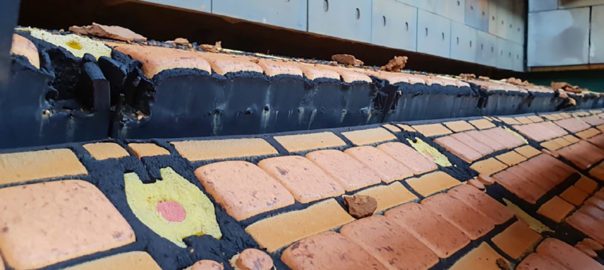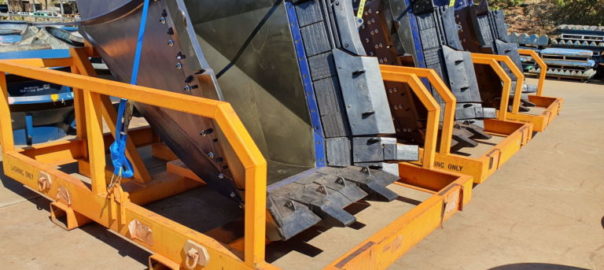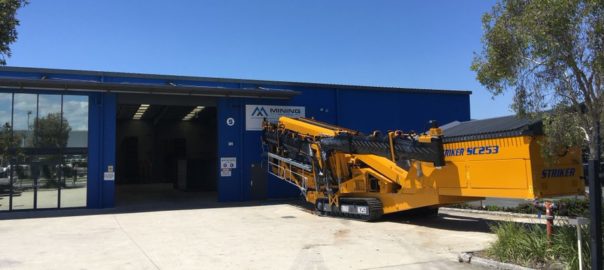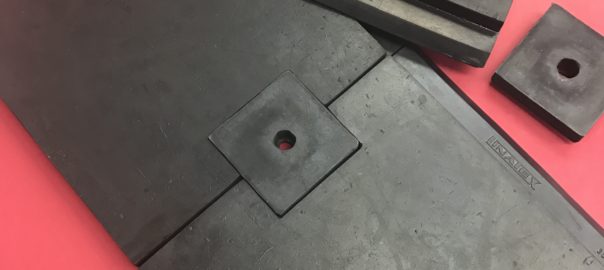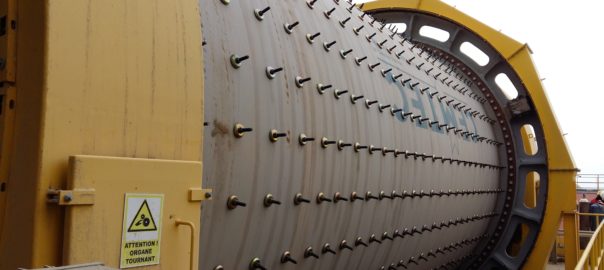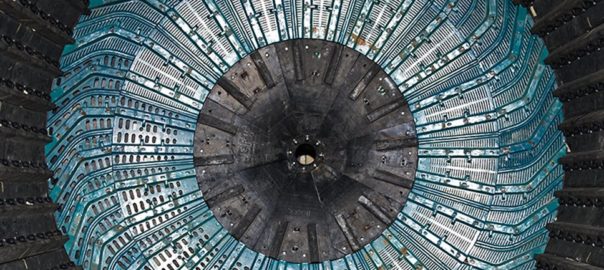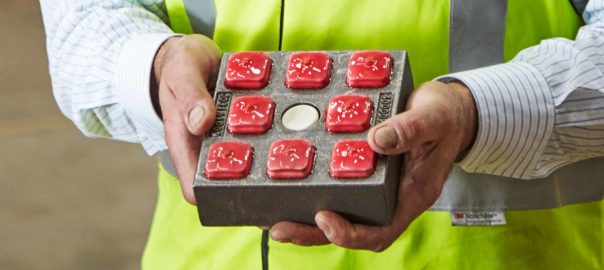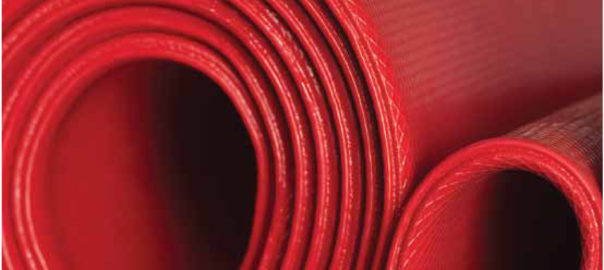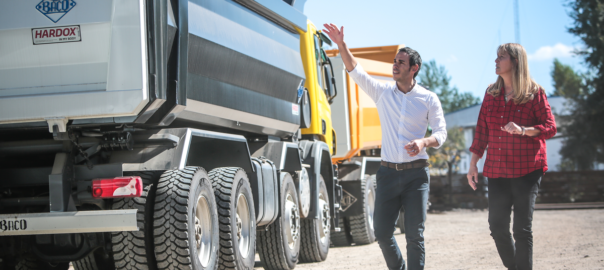Multotec has combined Hardox blocks and alumina ceramic tiles to come up with a new high impact screen panel that, it says, cuts plant downtime and boosts mine productivity.
The Ceradox panel boasts more than double the wear life of traditional rubber panels, according to Multotec, with the innovation developed during 2019 in response to a request from an iron ore mining customer in Australia’s Pilbara region.
Three months of testing delivered results that exceeded expectations, according to Multotec Screening Product Manager, Shawn Faba.
“The customer needed a panel with an extended wear life, so that they only needed to conduct replacements during the regular maintenance shutdown every 12 weeks,” Faba said. “Our testing demonstrated that the panels were lasting 24 weeks and longer.”
Through a close collaboration between Multotec South Africa, Multotec Australia and the customer, a solution was developed and proved for a demanding application on scalper screens, it said.
Faba explained: “Designed for the impact area of the scalper screen, the Ceradox panel must withstand the impact of material up to 300 mm in size falling from a discharge height of up to 3 m. It must also resist high levels of abrasion from the ore.”
The resulting design leverages the impact strength of the Hardox blocks and the abrasion resistance of the ceramic tiles, embedded in Multotec’s proprietary rubber formulation, helping absorb the energy of the falling material, according to the company. The panels are manufactured locally at Multotec’s high-volume facilities in Gauteng, South Africa, which include a rubber mixing plant run by experienced specialists.
Faba noted that the 305 mm square Ceradox panels can be manufactured to different thicknesses from 50 mm to 100 mm.
“With our local manufacturing capability, we can achieve short lead times and deliver to anywhere in the world,” he said.
Multotec says it already supplies about 35% of the screening media to the iron ore mines in the Pilbara area.







